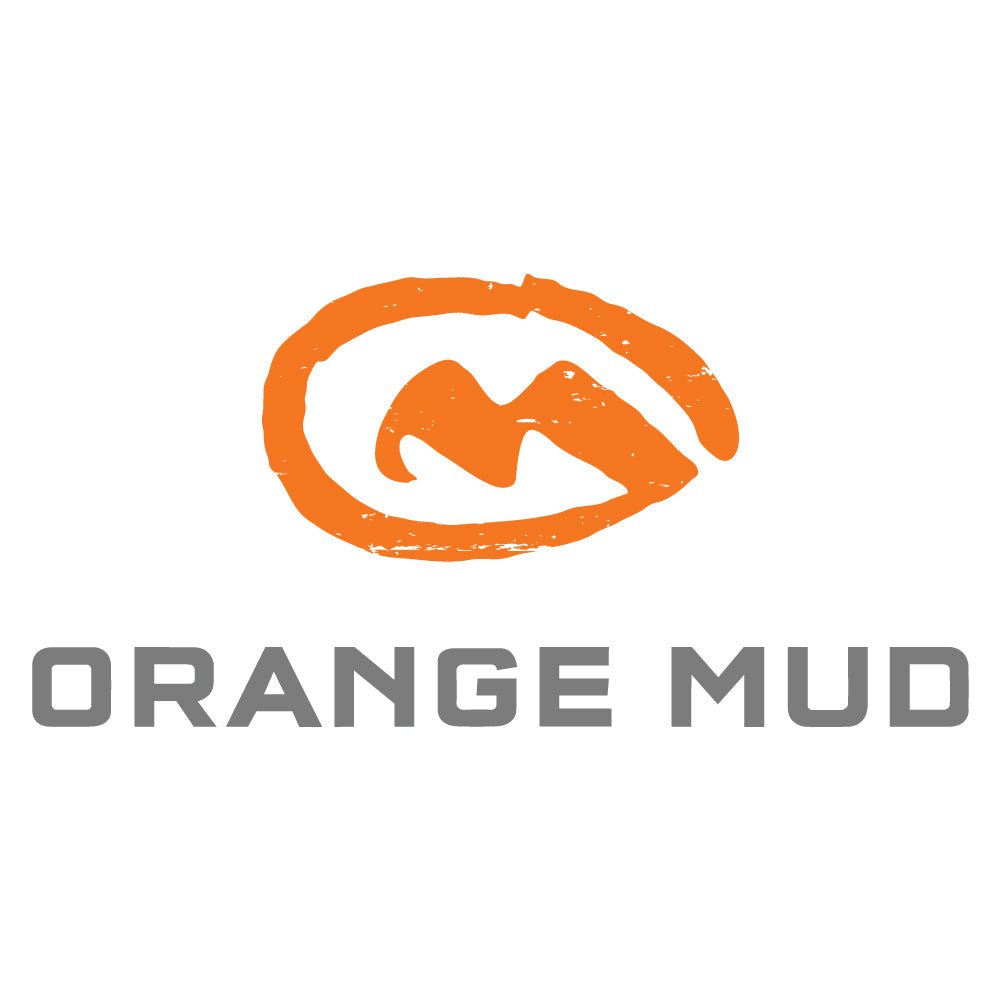Regardless of where you are in your running career, choosing the right shoe is crucial to your leg and foot health. The last thing you want is to get a mile into your run and already feel the beginnings of blisters and shin splints.
It can be easy to feel overwhelmed when you’re staring at a wall covered in a rainbow of running shoes and think that the easiest option is to choose which one you find most aesthetically pleasing, but take a step back. Your running shoes are an important investment. Follow these guidelines next time you’re in the market for a new pair.
Foot Type
There are three types of feet: flat, neutral and high-arched. For flat feet, you’ll need extra support under your arches to neutralize your gait. Because flat feet tend to cause the foot to roll inward as you stride, a motion control shoe with a firm midsole is the best way to go.
Most people have neutral feet, meaning that their feet are balanced and absorb the most shock to cushion your joints. Typically, people with neutral feet go with a cushioned running shoe for added shock absorption and control.
And if you have high arches, you need the most help with shock absorption. When you run, your feet most likely strike on the heel and roll outward, so you’ll want cushioned flexible shoe to prevent under-pronation.
Size
You’ll need to go up a half to full size from what you typically wear to allow ample room for your feet to swell as you run, specifically a thumbnail’s length between the end of your big toe to the tip of the shoe.
Your feet should feel comfortable and secure but not snug. Make sure that your heel isn’t slipping either. However, a slipping heel doesn’t necessarily mean that the size is wrong. There are different ways to tie your laces that can change the fit.
Environment
Consider where you prefer to run. Certain shoes work better for the trails while others are more suited to the track. It also depends how much of a barrier you want between your foot and the surface on which you’re running.
Test
Most specialty running shoe stores will allow you to test the shoes before you buy them and even return them if you end up having issues. Be sure to run around the block and have an employee ensure that your gait looks correct.
Additional Factors
Last but not least, keep in mind that there is more to healthy running than the shoes. You’ll also want to wear the correct socks. Avoid cotton because your feet will sweat and swell more and rub against the fabric, potentially causing blisters. Even if you have the right shoes for your feet, you want to make sure that your form is on point and won’t cause injury or slow you down. The running store employee will likely be able to advise you on your form when evaluating your gait in your running shoes. And last but not least, remember to replace your shoes every 300 to 400 miles.

